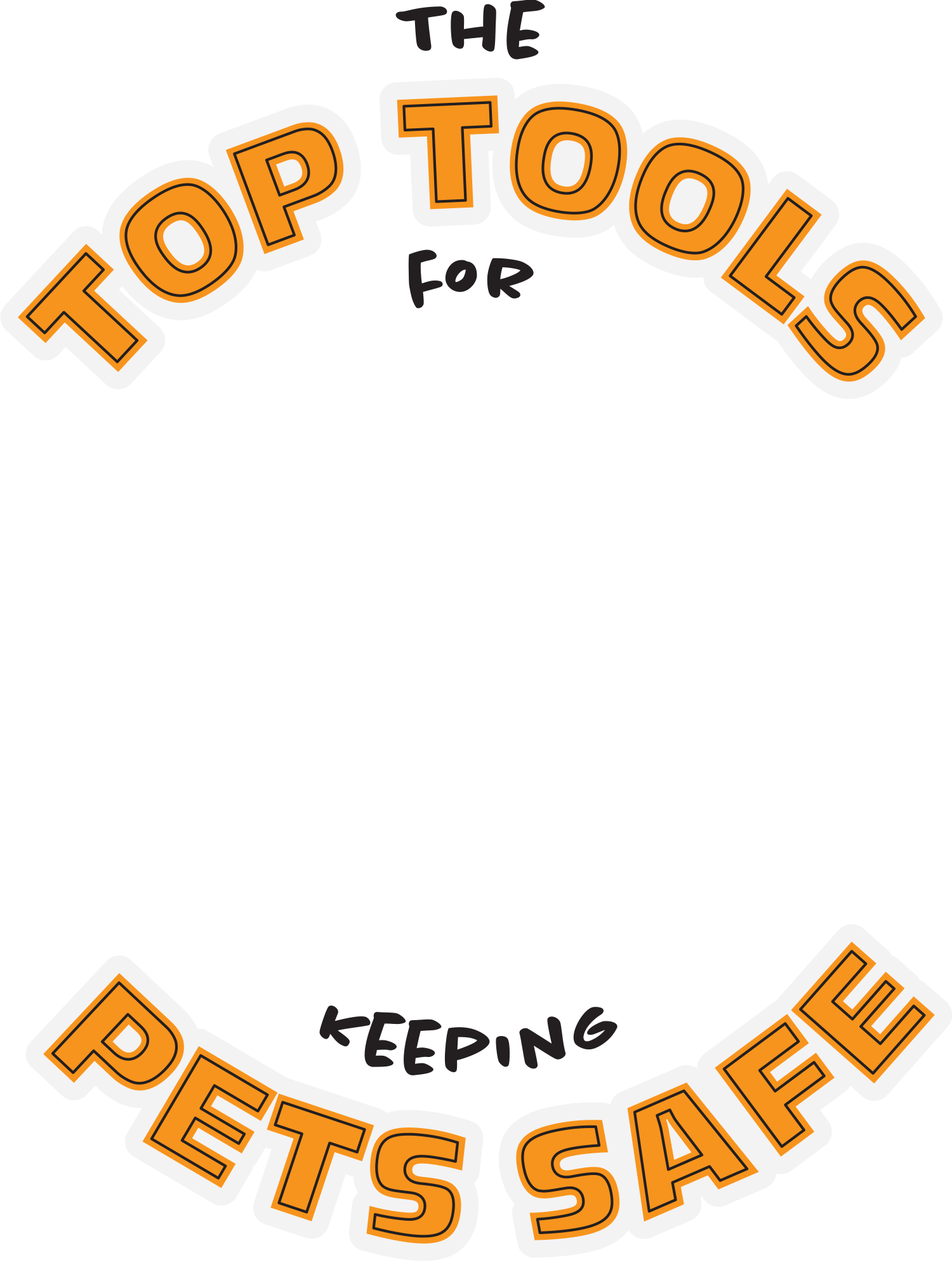
 rom brand-new groomers to seasoned pros, our number-one job is not executing the perfect haircut—although that is near the top of the list. The most important thing is keeping the pets in our care safe while we groom them.
rom brand-new groomers to seasoned pros, our number-one job is not executing the perfect haircut—although that is near the top of the list. The most important thing is keeping the pets in our care safe while we groom them.
Poet Maya Angelou once wrote, “Do the best you can until you know better. Then, when you know better, do better.” This wisdom can be applied to almost every aspect of our lives, and certainly to how we work.
In recent years, grooming tool manufacturers have developed some splendid inventions explicitly designed to keep pets safer during the grooming process. Here are some of the tools you can employ to help make sure that your pet clients are as secure as they can be during their grooming:
Installing a video camera system will help keep employees mindful of how pets are handled and can prove to owners that no injuries occurred while an animal was being groomed. Look for a system that will store files via iCloud for an extended period of time.
Designed to reduce the area of space on the grooming table that pets have access to dance upon, this tool ensures that pets stay close to the groomer without constantly repositioning. It eliminates the possibility that a dog can step off the far side of the table by mistake.
This is a safety loop with a twist! Rather than the traditional loop that encircles the dog’s neck, this tool fits under the front legs. It is great for all pets, but essential for those which have problems with their trachea or are experiencing neck or spinal issues.
By offering two points of restraint, one overhead and one under the jaw, the Groomers Helper helps prevent accidental falls, stops dogs from spinning, and—bonus for groomers—reduces the potential bite area by 90%.
This tool clips to the grooming arm and allows groomers to leave the arm set at one stationary level. Setting the grooming arm at one height saves time in moving it for each pet, and it keeps the animal safe from the arm accidentally slipping and falling. Simply shortening or lengthening the loop adjuster accommodates dogs from small to tall. The regular grooming loop is affixed to the adjuster and the adjuster is attached to a quick-release snap (see below).
These simple, inexpensive gadgets are must-have safety tools that should be used anywhere a safety loop is used. This tool lets groomers instantly and effortlessly release a dog in case of an emergency.
These tools make groomers’ jobs easier and keep large pets safer by allowing them to step up and down, eliminating any jumping that might cause injury.
For dogs that struggle during grooming, especially for nail trims or shaving feet, slings and hammocks keep them safe and secure and prevent them from injuring themselves.
These marvelous tools are all excellent devices to keep pets safe, but perhaps the most important thing is for groomers to exercise common sense whenever they are working on an animal. Groomers often have to think outside the box to ensure the methods they employ focus on every pet’s wellbeing.
Choosing grooming tools manufactured with the pet’s safety in mind, continuing our education so that we are aware of new trends and methods, and using our skills, knowledge and expertise is a powerful combination when it comes to taking care of the pets we groom.
